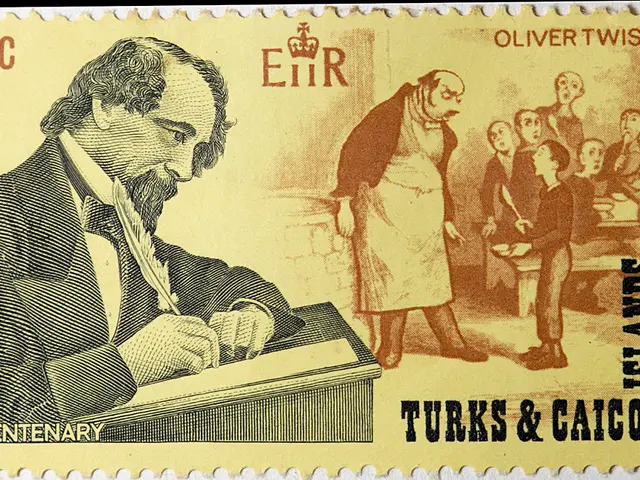Asus executive admits powerlessness over inflated prices of Graphics Processing Units (GPUs)
Asus, a leading tech giant, is marking its 30th anniversary in the graphics card market. Over the past three decades, the company has witnessed a million-fold increase in the power required for graphics, yet the price has only multiplied by 30.
Kent Chien, the Corporate Vice President and General Manager of Asus' Multimedia Business Unit, has been at the helm of the graphics card division since 2007. In an interview at Gamescom 2025, Chien discussed the challenges and triumphs of this journey.
A Million-Fold Increase in Power, Yet Prices Only Triple
The power needed for graphics has increased by a million times over the past 30 years. However, the price has only multiplied by 30. This disparity can be attributed to the continuous advancements in technology, increasing performance demands, and innovative features such as advanced cooling systems, higher power consumption, and AI-supported rendering capabilities seen in the latest models like the RTX 5090 ROG Matrix.
Memory Size: From 32MB to 16GB and Beyond
The memory size of graphics cards has significantly increased over the years. When Kent Chien joined Asus, graphics cards boasted a mere 32MB of memory. Today, models like the ROG Matrix GeForce RTX 5090 ASUS Graphics Cards 30th Anniversary Edition offer more than 12GB and 16GB of memory.
The Cost Challenge
Despite these advancements, Chien admits that the cost of graphics cards is "very very tough" for manufacturers to control. He attributes the price increase to both the technology inside and the research and development that goes into creating these powerful devices.
Balancing Price and Performance
Asus has worked to reduce customer costs by improving GPU board designs, ensuring high voltage stability, reliable cooling solutions, and offering various product tiers to balance price and performance. This approach has made high-end gaming more accessible while pushing technical boundaries since their first dedicated card in 1996.
The Market's Appetite for Latest Innovations
Chien also credits the market's willingness to spend big for the latest improvement in graphics as a major factor driving up GPU prices. The picture quality of graphics has become more realistic and beautiful, which in turn makes people more willing to pay more for the latest improvements in graphics.
The Demands of Modern Computing
The demands of computing power have increased significantly over the past 30 years. Factors such as the release of Unreal Engine 5 and the need for high frame rates to match 480Hz refresh rate screens have intensified the demand on GPUs.
A Legacy of Success
Despite these challenges, Asus has managed to outlast other competitors in the highly competitive graphics card market for three decades. The company's president foresaw the growth of 3D computing and set up a team to focus on it, laying the foundation for Asus' success in the graphics card market.
Asus is celebrating its 30th anniversary with the release of the ROG Matrix GeForce RTX 5090 ASUS Graphics Cards 30th Anniversary Edition. This latest offering showcases Asus' commitment to pushing the boundaries of graphics technology while making high-end gaming more accessible.
Despite the challenges, Chien remains optimistic about the future of the graphics card market. "We will continue to innovate, to push the boundaries of what's possible, and to make high-end gaming accessible to more people," he said.
The interview with Kent Chien took place at Gamescom 2025, where Asus showcased its latest offerings and celebrated its 30-year legacy in the graphics card market.
Read also:
- Peptide YY (PYY): Exploring its Role in Appetite Suppression, Intestinal Health, and Cognitive Links
- Exploring the impacts and various aspects of smoking cigars
- Easing Pedestrian Traffic Signal Pressure
- Aspergillosis: Recognizing Symptoms, Treatment Methods, and Knowing When Medical Attention is Required








